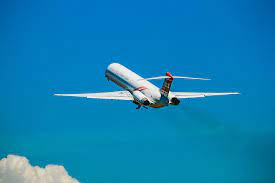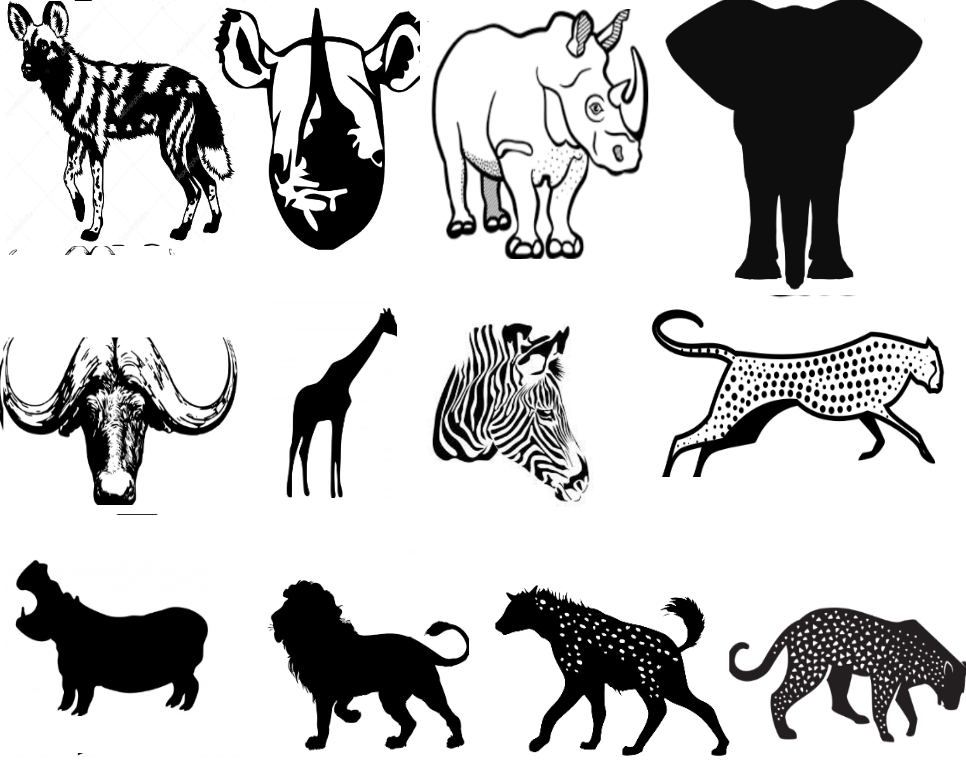Tinamous: 46 birds from the order Tinamiformes
The family is split into 2 subfamilies (there was a genus outside both, but it is extinct). All species are found in South America and Central America. While at the current time, I am not adding a full page for each, they are still ready to be used for Ecotourism – simply include some information alongside your listing for you tourism outfit, and we will create a page for the species in question.
The first subfamily is called Tinaminae species is spread across 3 genus
Crypturellus (21 species)
barred tinamou Least Concern
Bartlett's tnamou Least concern
Berlepsch tinamou Least Concern
Black capped tinamou Least Concern
Brazilian Tinamou Least Concern
Brown Tinamou Least Concern
Choco Tinamou Least Concern
Cinereous tinamou Least Concern
Grey legged tinamou Least Concern
Little Tinamou Least Concern
Pale brown Tinamou Near Threatened
Red legged Tinamou Least Concern
Rusty Tinamou least concern
Slaty breasted Tinamou Vulnerable
Small billed Tinamou Least Concern
Tataupa tinamou leasts concern
Tepui Tinamou least concern
Thicket tinamou least concern
Undulated Tinaou Least Concern
Variegated Tinamou Least Concern
Yellow legged Tinamou least concern
second Genus Tinamus with 5 species (row one) and third genus Nothocerus with 3 species (row 2)


